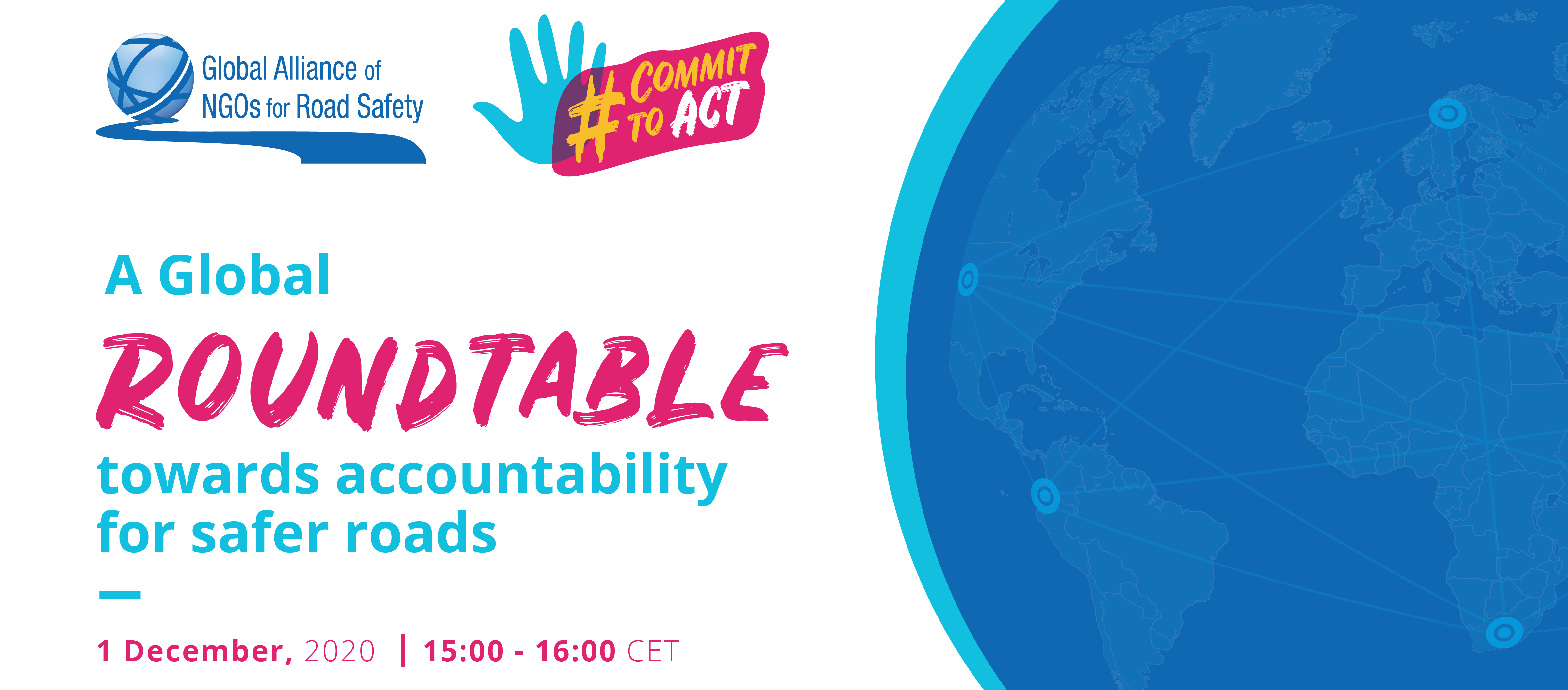
On 1 December 2020, decision makers from Colombia, Vietnam, and the European Union, joined a roundtable organized by the Alliance to discuss progress on commitments that their governments had made as part of the 2019 #CommitToAct campaign and which are featured on the Alliance’s Commitment Tracker.
Director Luis Felipe Lota and Ms. Maria Isobel Rodriguez, National Road Safety Agency (ANSV), Colombia
ANSV is working with several ministries including the Ministry of Education. Political will, including that of the President, exists making it easy to work together. Progress includes:
Dr. Khuất Việt Hùng, Vietnam National Traffic Safety Committee
Vietnam expects to reach its target of 90% of adults and 80% of children wearing motorcycle helmets by the end of this year (the commitment target date wasn’t until 2030). Some of the actions it is taking toward the commitment are:
Mr. Matthew Baldwin, Directorate-General for Transport and Mobility, European Commission
The European Union will miss the 2020 target to reduce road deaths and injuries by 50% despite good progress in 2016-2017. It is now focusing on the 2030 target. Some actions include:
Ms. Chinara Kasmambetova, Road Safety NGO
Although legislation already existed that children under 12 should not be in the front seat without a child restraint, in reality it didn’t work and enforcement was weak.
Road Safety NGO ran an awareness campaign targeting child restraint usage supported by the European Bank for Reconstruction and Development (EBRD) and EASST.
In March 2019, the traffic police and government organized a conference with EBRD. Government representatives attended and committed to amend the law, enforce it, and introduce fines.
In Nov 2019, amendments were introduced that children in the front seat must have the correct restraints for their height and weight and prohibiting children traveling on the back of motorbikes and trucks.
Mr. Horst Heimstadt, Private Sector Road Safety Forum (PSRSF)
In 2013, PSRSF decided to focus on road safety around schools. In 2017, as a result of the UN Global Road Safety Week theme “Slow Down”, it started to work on getting speed limits outside schools reduced from 40km/ph to 30 km/ph. It involved the national authorities, police, the motor vehicle accident fund and other stakeholders. At that level, it received no objections.
However, when it began to work with the local authorities, it found a battle between operations and council departments which prevented progress.
It submitted its request as a petition to the mayor who agreed and said that he would provide written confirmation. The confirmation did not materialize.
In the meantime, funding was received to mount signage at 10 schools but the work could not be carried out until the permissions documents had been received. Eventually, in November 2018, through persistence and ‘making a nuisance’, the written documentation was received and the project was launched.
Bureaucracy prevented the next step. PSRSF had created demand with the local authorities but were unable to deliver because of the political issues. It went public with another petition that was covered in the media, through a stand at a trade fair and demonstrations at 10 schools. This was a breakthrough, the authorities were hesitant to have more bad media coverage.